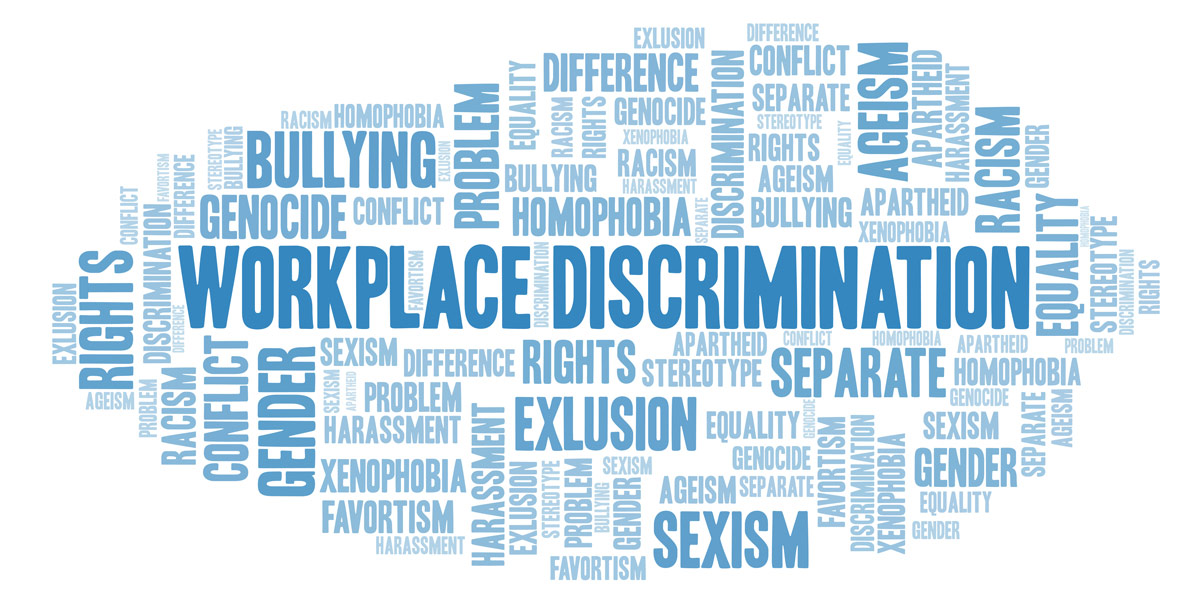Today, workers are well protected against discrimination in the workplace, at least on paper. Most states and the federal government have robust laws prohibiting a broad spectrum of discriminatory actions—and retaliation against those who come forward. Despite those laws, however, workplace discrimination continues to be problem: according to a 2021 study by Ten Spot, an employee engagement platform, 70% of respondents indicated they’d experienced some kind of discrimination or abuse at work.
While discrimination can come in many different forms, workers usually experience one of four discriminatory practices: aggressive (or microaggressive) behavior, pay inequity, unfair promotions, or unjustified termination.
Aggression
Workers should pay attention when managers use language or exhibit attitudes that communicate aggression toward any class of workers, which often takes the form of prejudicial ideas about employees’ willingness to or fitness for work. For example, as employers today struggle to find and keep employees, there’s a tendency to blame the challenging labor market on younger workers’ attitudes. “Millennials don’t like to work” is an aggressive statement, showing discrimination toward people of a certain age. Any statement that displays prejudice toward any group, even through humor, represents a form of discrimination.
Pay Inequity
Employers generally discourage employees from sharing salary information with their peers, but your right to do so is protected by federal law. Workers are entitled to be compensated fairly for their work, and employers are prohibited from paying differently based on an employee’s race, gender, age, disability, or other protected classification. By comparing salaries, it’s usually easy to see whether variation in pay (which also might result from negotiation) shows a discriminatory pattern.
Unfair Promotions
Employees can usually get a good idea about whether they have an equal opportunity to advance in their companies by looking at the management structure. If there’s no diversity at the higher levels of management, it may be a sign that bias exists. If it does, employees of a protected class who apply for a promotion might receive more scrutiny than a peer who “fits in” with the existing structure. When that happens, it’s a clear sign of workplace discrimination.
Unjustified termination
It’s against the law to terminate an employee because of a protected status, but it still happens; and in order to obscure the actual reason for the termination employers often invest time in building a case well beforehand. This might involve overly critical employee reviews or excessive discipline. Even if that case is built effectively, however, if it can be shown that discriminatory practices played any role in the process the termination is unjustified.
Remedies
Some employers possess biases even while being devoted to a progressive diversity mission. In those cases, pointing out evidence of discrimination or communicating with HR can bring meaningful change. More often, however, employers are aware of their biases and make efforts to justify or cover up discriminatory practices—increasing the difficulty of challenging them. Consulting with a qualified attorney is always a good first step when experiencing workplace discrimination, followed by pushing for change inside the company and contacting the Equal Employment Opportunities Commission (EEOC) to file a claim.






